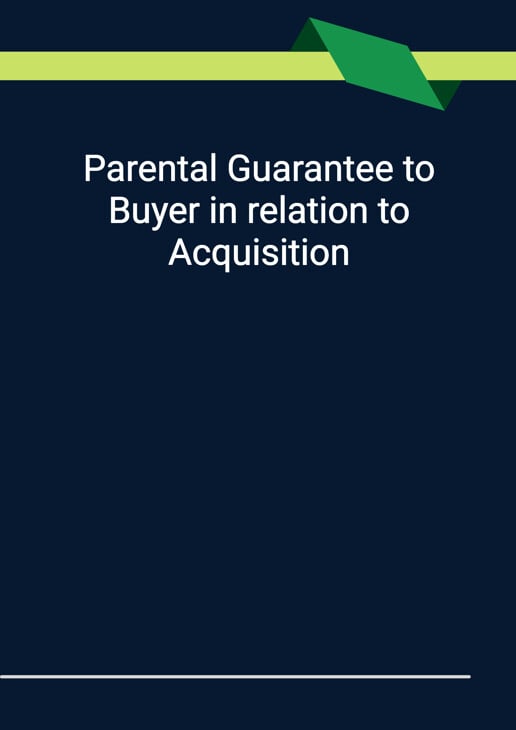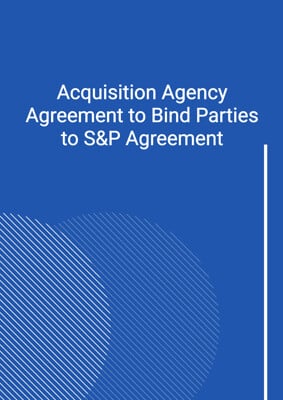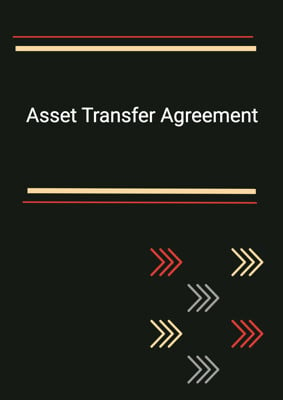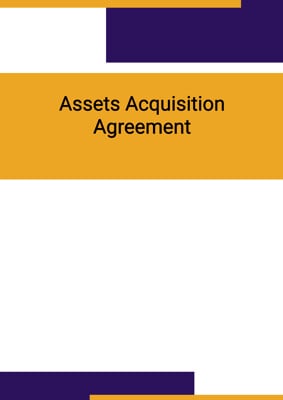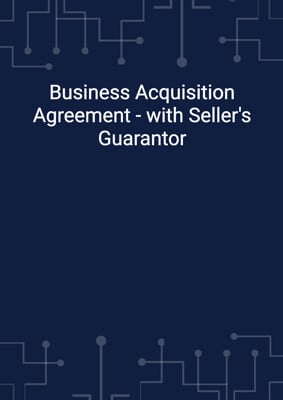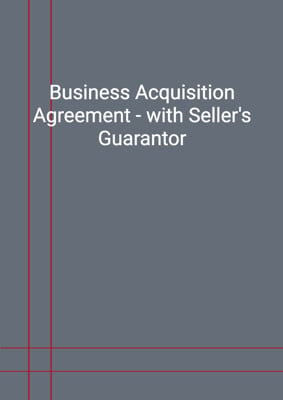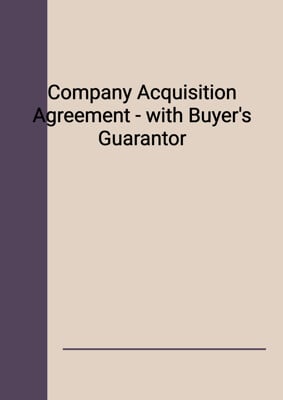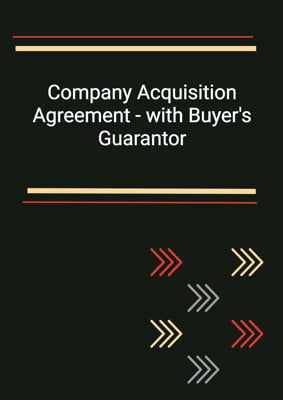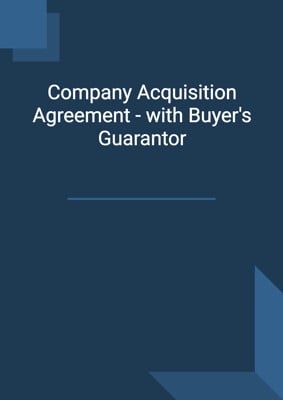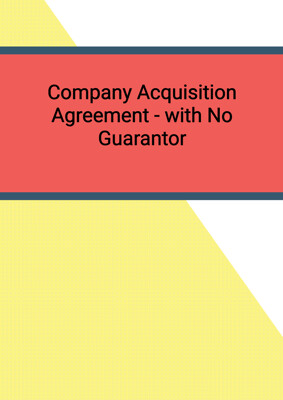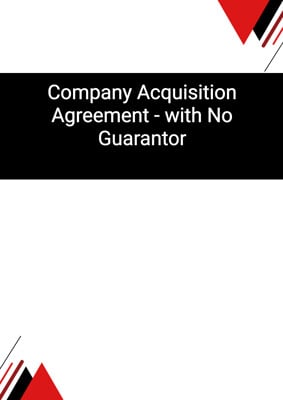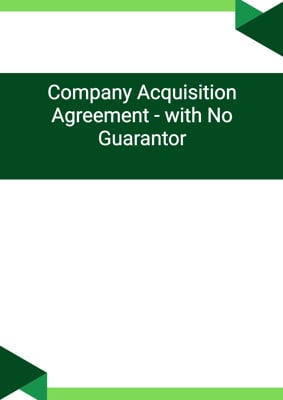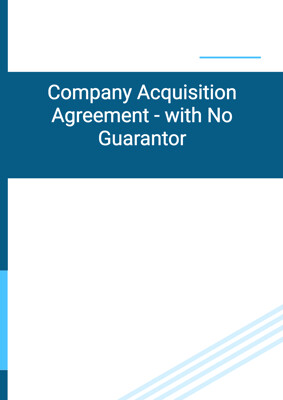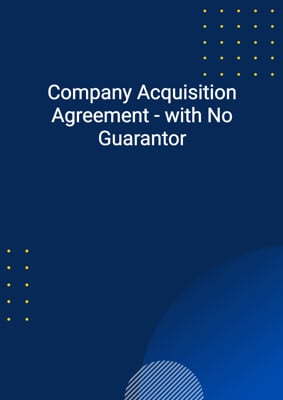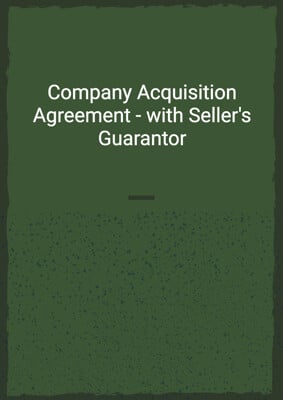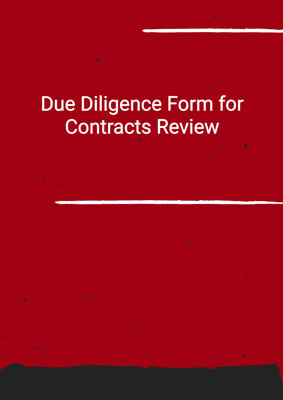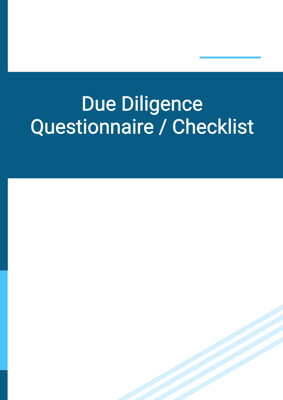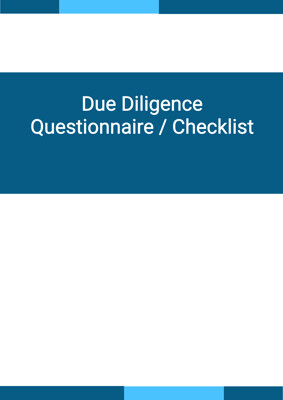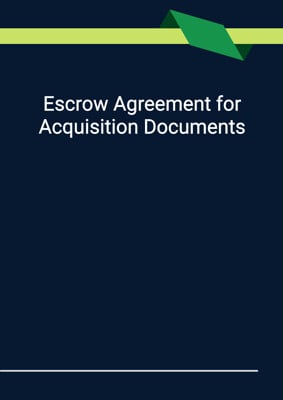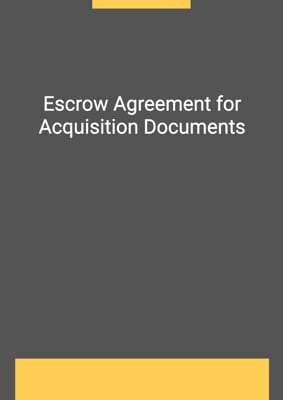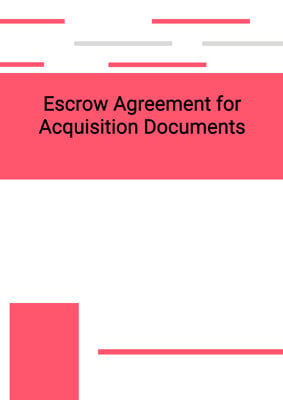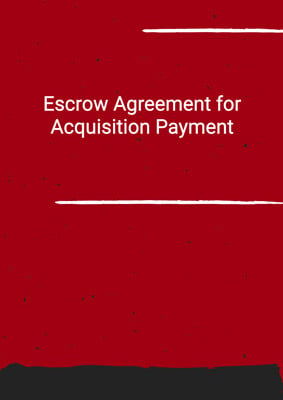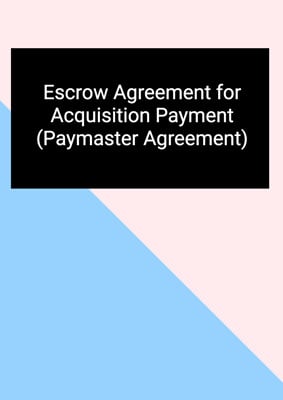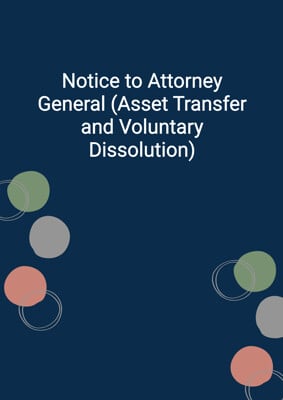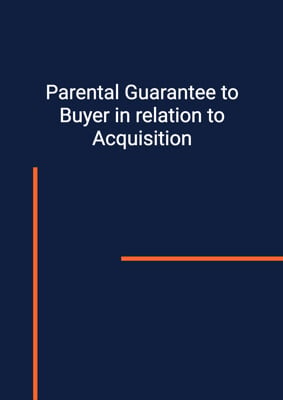How to Tailor the Document for Your Need?
01
Create Document
Fill in the details of the parties. You can click the "Fill with Member’s Information" button to complete it with information saved to your account.
02
Fill Information
Please fill in any additional information by following the step-by-step guide on the left hand side of the preview document and click the "Next" button.
03
Get Document
When you are done, click the "Get Document" button and you can download the document in Word or PDF format.
04
Review Document
The document should be signed by the authorised signatory (or directors of a company) and witnessed to complete the formality.
Document Preview
Document Description
The document titled 'Parental Guarantee to Buyer in relation to Acquisition' is a guarantee agreement entered into between two parties: the guarantor and the buyer. The guarantor is the parent company of the seller, who has entered into an agreement with the buyer. The purpose of this guarantee is to ensure that the seller fulfills all its obligations, commitments, and undertakings under the agreement.
The document begins with an interpretation section, which provides definitions for certain terms used throughout the guarantee. It clarifies that 'business day' refers to a day on which banks are open for business, excluding Saturdays. It also explains that references to clauses or schedules are referring to clauses or schedules within the guarantee itself. Headings are included for convenience and do not affect the construction of the guarantee or its schedules.
The guarantee section states that the guarantor unconditionally and irrevocably guarantees the proper and punctual observance and performance of the seller's obligations under the agreement. This guarantee remains in force regardless of any act, omission, neglect, event, or matter. The guarantor's liability and obligations under the guarantee are not affected by any discharge, legal or equitable defense, amendment or variation of the agreement, release or granting of time to the seller, or any other circumstances that might render void or unenforceable the seller's obligations. The guarantor's liability is subject to a maximum limit.
The document also includes provisions regarding notices between the parties. Notices must be in writing and can be delivered by email, hand, or post. The addresses and contact details of the guarantor and the buyer are provided for this purpose. Any change to the addresses or contact details must be notified to the other party. The document specifies that notices should be in English or accompanied by an English translation, and in case of any conflict, the English text prevails.
The guarantee contains a provision stating that if any provision of the guarantee becomes invalid, illegal, or unenforceable, the remaining provisions shall remain valid and enforceable. It also clarifies that the guarantee does not confer any rights on third parties who are not parties to the agreement. The choice of law and jurisdiction clause states that the guarantor agrees to the jurisdiction of the courts specified in the clause and that any judgment or order of those courts is binding and enforceable in any other jurisdiction. The guarantee is executed and delivered as a deed on the date specified.
Overall, this guarantee document serves as a legally binding agreement between the guarantor and the buyer to ensure the seller's compliance with their obligations under the agreement.
How to use this document?
To use this guarantee document effectively, follow these steps:
1. Understand the context: Familiarize yourself with the background of the guarantee, including the relationship between the guarantor, the seller, and the buyer. This will help you grasp the importance and purpose of the guarantee.
2. Interpretation: Review the definitions provided in the interpretation section to understand the meaning of specific terms used throughout the guarantee.
3. Guarantee obligations: Pay close attention to the guarantee section, which outlines the guarantor's obligations. Understand that the guarantor is unconditionally and irrevocably guaranteeing the seller's performance under the agreement.
4. Liability and limitations: Take note of the provisions regarding the guarantor's liability and the maximum limit of their liability. This will help you understand the extent of the guarantor's obligations.
5. Notices: Familiarize yourself with the requirements for giving notices under the guarantee. Understand the methods of delivery and the addresses and contact details of the guarantor and the buyer.
6. Invalidity: Be aware of the provision regarding the invalidity of any provision in the guarantee. Understand that the remaining provisions will still be valid and enforceable.
7. Rights of third parties: Remember that only the parties to the guarantee have the right to enforce its terms. Third parties do not have this right.
8. Choice of law and jurisdiction: Take note of the choice of law and jurisdiction clause. Understand that the guarantor agrees to the specified jurisdiction and that judgments or orders from those courts are binding and enforceable.
By following these steps, you can effectively understand and utilize the 'Parental Guarantee to Buyer in relation to Acquisition' document in practice.
Not the right document?
Don’t worry, we have thousands of documents for you to choose from:
